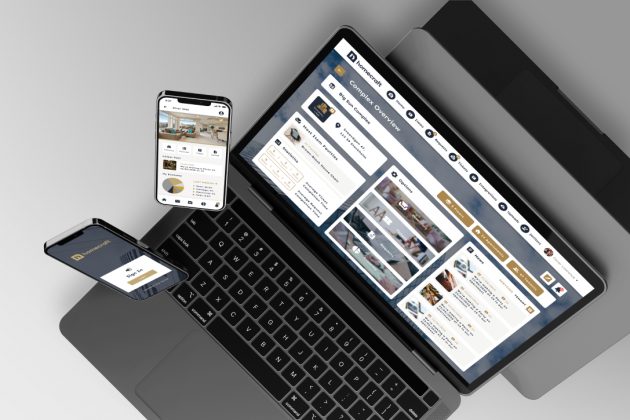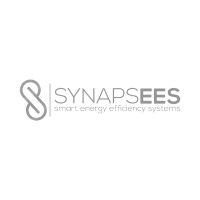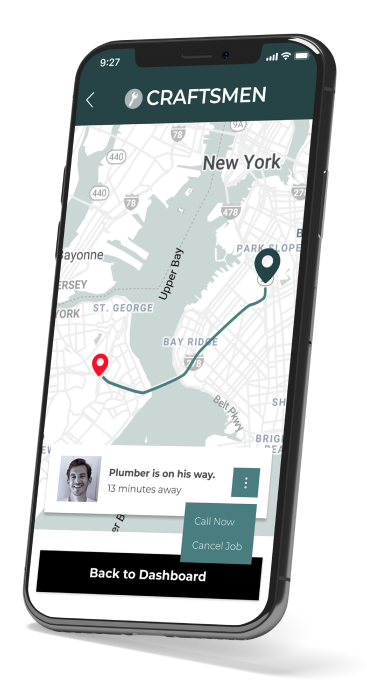MVP Development
-
Product Research
-
UX and Prototyping
-
Development
-
Project Management
-
Quality Assurance
What is an MVP
While building the MVP, it’s good to keep things simple, starting with the core features and functionalities, and if they are good, you can always build upon them. Usually, JSGuru builds MVPs for our clients in about 2-4 months (depending on the complexity) – discovery talks and sessions included.
Startup MVP Development
Time is your ally or your enemy. Building an MVP first makes it your ally.
It would be best to approach it’s development like in the pyramid here.
Focus on making it functional and reliable, not soo much on design in this phase.
The difference between a Minimum Viable Product and a Prototype
A prototype can also be an excellent way to validate the idea, but MVP enables you to test it and see if it brings value to the end-user.
The prototype is more of a step before the MVP. Its form is not so strict, meaning it can be a sketch on a piece of paper or a fully completed design file in Figma.
The main differences are:
- Prototype validates the idea and the MVP tests the product
- MVP is an extension of the prototype
- MVP is interactive and functional

Types of MVP

Benefits of MVP
- Better understanding of your own project
- Audience building from the early stages
- Smarter planning and better risk management
- Excellent testing methodology from a variety standpoints
Latest projects

HomeCraft is a management platform & communication tool for tenants, landlords and property handymen.

LetInvite’s mission is to make it easy for everyone to enjoy the best party experiences.
We are recognized by


















